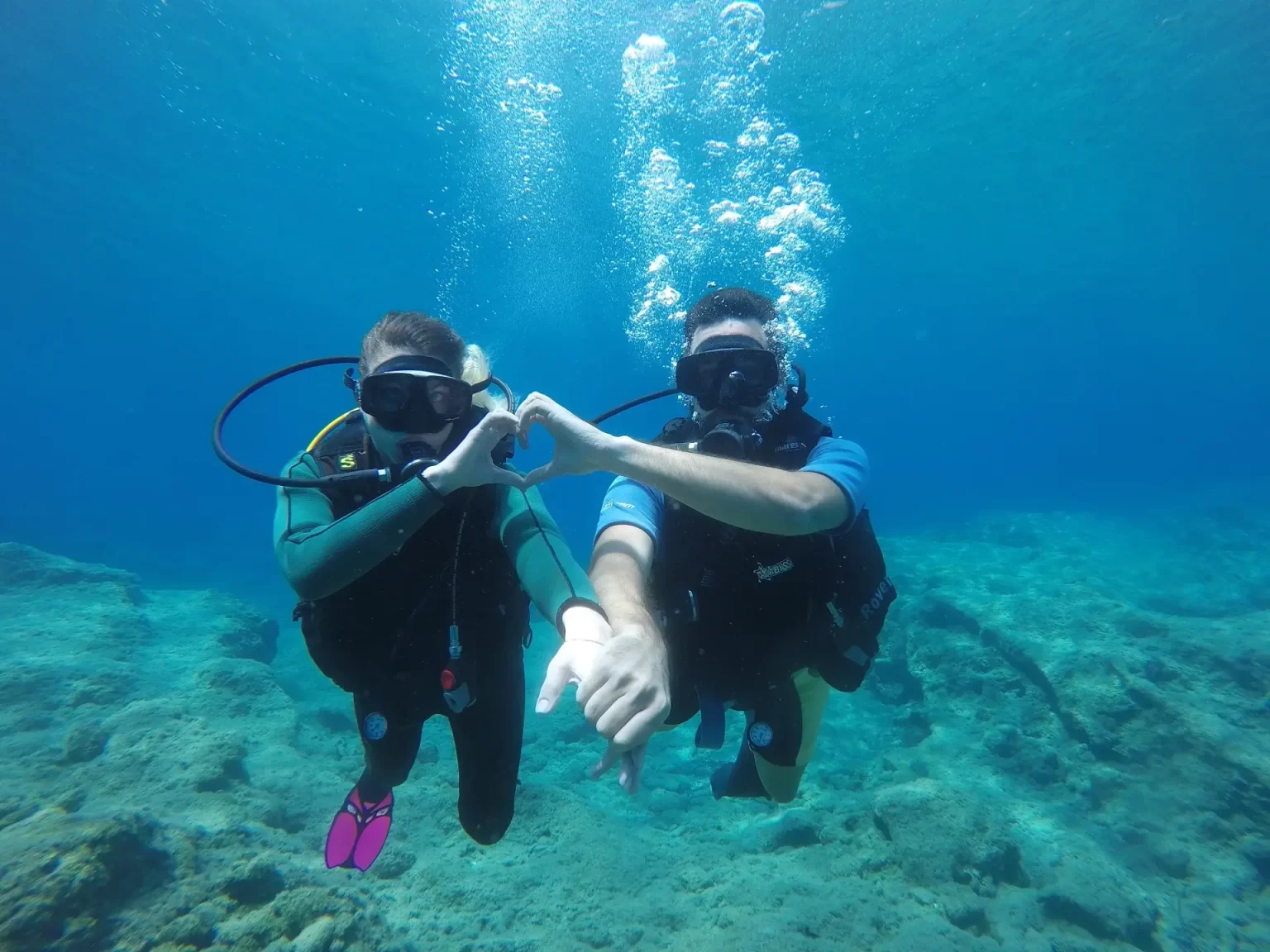Staying underwater with just the air in your lungs, without the help of a tank to breathe, is the main characteristic of apnea diving, also known as freediving or simply apnea. Some practitioners of this modality point to the freedom of movement as one of the advantages of scuba diving.
There are different types of apnea diving, each with its own characteristics and difficulties. In static apnea, the diver spends as much time as possible with their airways submerged and motionless in the water. In dynamic apnea, the athlete travels underwater as far as possible horizontally. This test is subdivided into with or without fins. There is also the apnea sprint 25 m or 50 m, in which the competitor has to cover the distance specified in the test in the shortest possible time.
Among the tests practiced in lakes or at sea is the so-called constant weight, in which the diver descends to a certain depth using a weight belt as a guide at all times.
The test also divides into categories with or without fins. Another competition held in open water is variable weight. In this test, the athlete descends with a controlled weight, known as a sled, which they abandon upon reaching the depth goal.
There is also free immersion, in which the swimmer uses only a guide cable to descend and return to the surface, without the help of fins.
According to Aida Brasil (International Association for the Sport Development of Apnea), the world championships only carry out 2 tests: static apnea and constant weight, due to time and structure limitations. In regional competitions, it is common to add the dynamic apnea test to the other 2.




